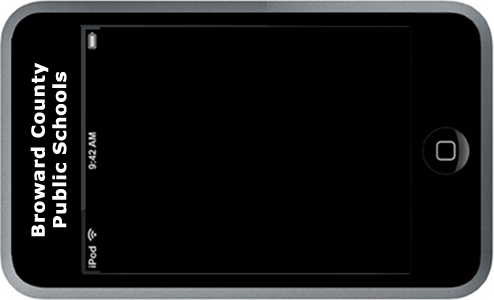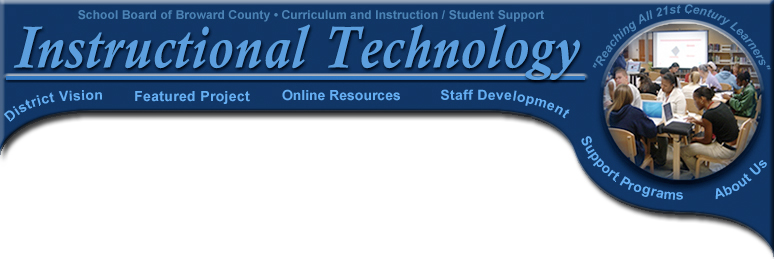
Apply Classification skills using the LATCH Mnemonic & 4step
Technology used:
Hardware; I-Touch/ Laptops/ Projector/Document Camera/Digital Camera SOFTware;Inspiration/Word
Step by step lesson overview:
(PRE-SET; MEDIA releases & property passes: partnered learners who “go-out” for instruction)
Step 01:PREview LATCH mnemonic and application in ALL content areas
Step 02:READ passage about data collection and organization; then discuss.
Step 03:WATCH Podcast movie of Learners applying LATCH to “data”
Step 04:CREATE journal entry
Step 05:VIEW Power point with specific project instructions
Step 06:ESTABLISH “agents” in each village (Techy, Materials, Pacing, Talky) each Learner keeps individual journal Entry;
Step 07:DISTRIBUTE materials (data to be sorted)
Step 08:ASK - Which method for organizing your “data” would be most effective? and why…
Step 09:OBSERVE & Discuss; compare & contrast, sequencing, alphabetizing, weighing, identifying, describing(SHTOSC)
Step 10:RECORD in journals & matrix on laptop
Step 11:REFLECT & share your findings with Digital Camera…prove-it
Step 12: Model Concept map of LATCH
Step 13:COMMUNICATE by writing a persuasive paper why you chose the method?(8bits)...& Share on Document camera
Step 13: REINFORCE with completion of a concept map; step by step procedures on I–touch for Home studies, using knowledge from activities
Sunshine State Standards covered in lesson:
NETS-Communication & Collaboration; Critical Thinking & Problem
solving; Technology Operations & Concepts
Reading: Informative
Standard: The student develops and demonstrates technical writing that provides information related to real-world tasks.
The student will:
LA.4.4.2.1 - write in a variety of informational/expository forms (e.g.,
summaries, procedures, recipes, instructions, graphs/tables, experiments, rubrics, how-to manuals);
LA.4.4.2.2 - record information (e.g., observations, notes, lists, charts,
map labels, legends) related to a topic, including visual aids as appropriate;
LA.4.4.2.3 - write informational/expository essays that contain introductory,
body, and concluding
paragraphs;
Informational Text
Standard: The student comprehends the wide array of informational text that is part of our day to day experiences.
LA.4.6.1.1 The student will read informational text and text features
(e.g., format, graphics, legends, illustrations, diagrams) to
organize information for different purposes (e.g., being informed, following
multi-step directions, creating a report, conducting interviews, preparing
to take a test, performing a task).
Science:
Science Strand
H –
The Nature of Science
SC.4.N.1.3 Explain
that science does not always follow a rigidly defined method ("the
scientific method") but that science does involve the use of observations
and empirical evidence.
The Practice of Science -
A: Scientific inquiry is a multifaceted activity; The processes of science
include the formulation of scientifically investigable questions, construction
of investigations into those questions, the collection of appropriate
data, the evaluation of the meaning of those data, and the communication
of this evaluation.
B: The processes of science frequently do not correspond to the traditional portrayal of "the scientific method."
C: Scientific argumentation is a necessary part of scientific inquiry and plays an important role in the generation and validation of scientific knowledge.
D: Scientific knowledge is based on observation and inference; it is
important to recognize that these are very different things. Not only
does science require creativity in its methods and processes, but also
in its questions and explanations.
How does this help students master
the objectives?
The mixed technology approach allows for a virtual preview, review as well as guided instruction and focus on the objective at hand at the touch of a hand…The strategies available with technology are inspiring and engaging addressing the multifaceted learning styles of each learner. Process and product create student investment that they are thrilled to share ;while providing cognitive pegs of meta cognition that are applicable throughout the learners educational career..
